In a remarkable accomplishment of engineering and endurance, Xiaomi’s first electric vehicle, the Xiaomi SU7, makes it from one end of its journey in China to Istanbul in a distance of 10,000 km. Indeed, this is a journey not only in the physical domain but also in the marketplace evolving with electric vehicles.
A Drive Towards the Future
The objective of the Xiaomi SU7 was clear: it said an electric car must be reliable, be able to drive long distances, and handle all kinds of terrains. After a 28-day trip, the SU7 traveled from China to Istanbul, part of its trip likely surveying the splendid environs of several countries to prove that this electric pedestrian can adapt to different conditions on the road or in the weather.
The Route
The Xiaomi SU7 begins in China, winding over the heart of Asia with countries that offer charm and challenge. The carefully planned route highlights the vehicle’s flexibility of the terrain, be it from the steppes of Central Asia to the mountain passes of Eastern Europe.
As the SU7 made its way to the westward, every country unveiled a new set of tests–– from the cold, harsh mountains to the sweltering, vibrant cities. It was a demanding journey, not just physically but in how the vehicle had to integrate into different networks of charging distributed across the continent.
Technical Triumphs
The Xiaomi SU7 came with leading self-driving technology that was challenged by different types of trouble at the hands of the traffic and road scenarios. Five years ago, Istanbul was the destination of choice for the world’s foremost technology companies to test their self-driving technologies. Returning to this historic city pays nostalgic tribute to the car’s roots in autonomous development.
The voyage has shown that the SU7 features excellent efficiency and battery reliability. To do 10,000 km with no significant technical problems is the brightest testimony to the design of the SU7 and the vision of Xiaomi in the electric mobility sphere.
Cultural Connections
The car was washed for approximately 60 yuan, reported over Weibo as approximately 8 USD, not so much to clean the vehicle as to attain the “nostalgic taste,” perhaps a comment on the new journey and the old world essence that Istanbul encapsulates.
Economic Insights
This voyage also streamlined the economic aspect of traveling with an electric vehicle. The car washing charges in Istanbul are considerably low, which should suggest to consumers that the rest of the costs of maintaining and using EVs are considerably low elsewhere in the world. This can be a crucial point in its overall cost of ownership to consumers.
Future Implications
The trek of Xiaomi from China to Istanbul means much more than a road trip. In many respects, it is a clear signal that a sustainable future for travel over large distances will become a reality. The journey of the Xiaomi SU7 will give invaluable information and data, which, in many respects, will create some of the future development guidelines for electric vehicle technologies and infrastructure.
10,000 KM: the inalienable landmark event of Xiaomi SU7 himself in all the electric vehicle sectors. For sure, proving electric vehicles are feasible over such immense distances, he is opening the world to more ecologically friendly tillews in technology. Every new individual brought in touch with the great potentials electrified cars hold increases humanity one step closer to the dream of a sustainable, globally connected world.

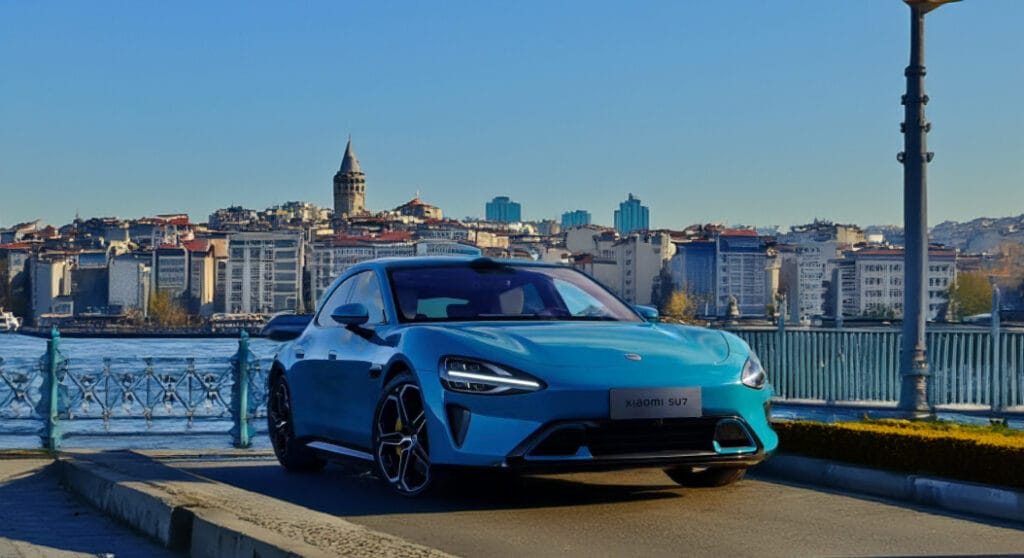
 Emir Bardakçı
Emir Bardakçı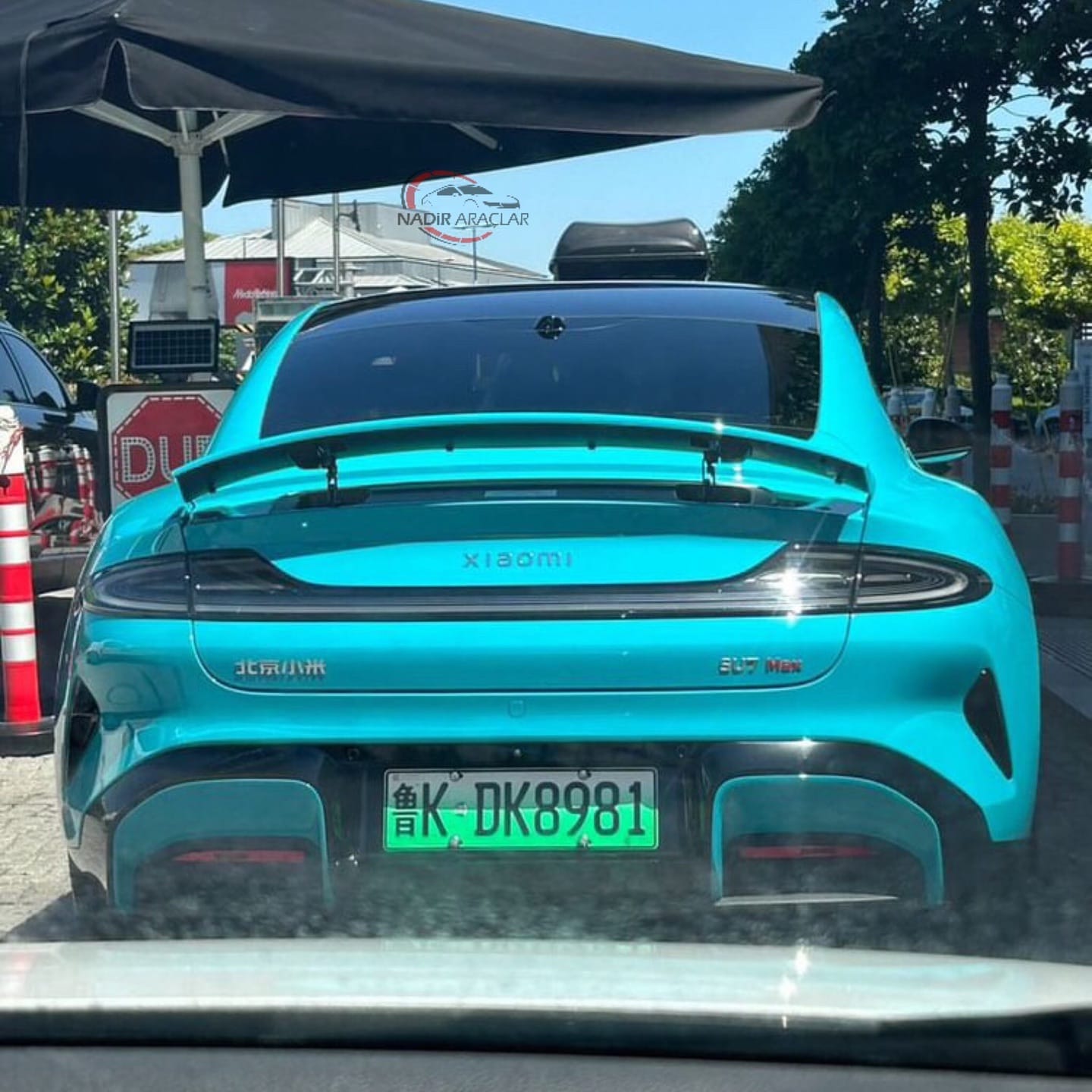
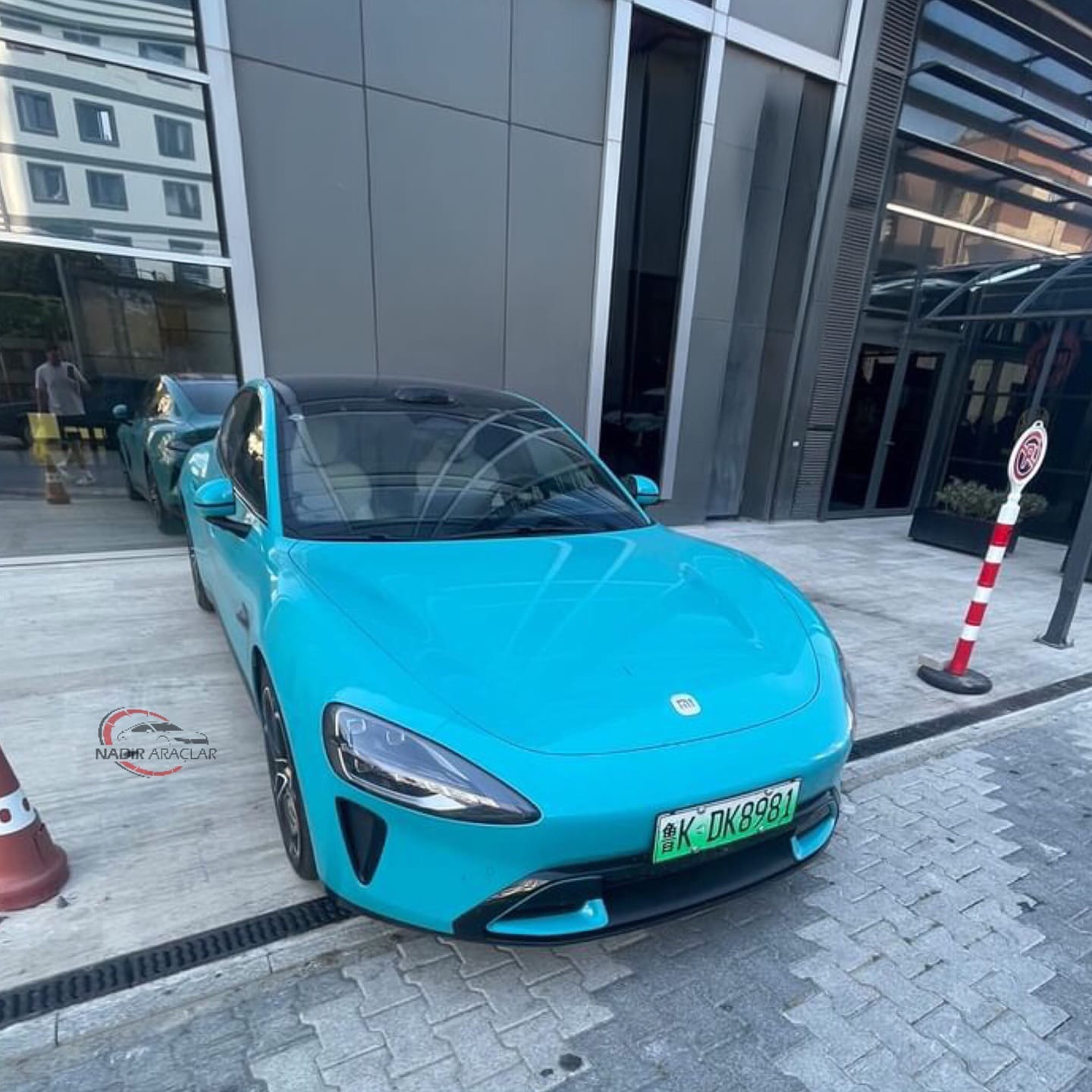
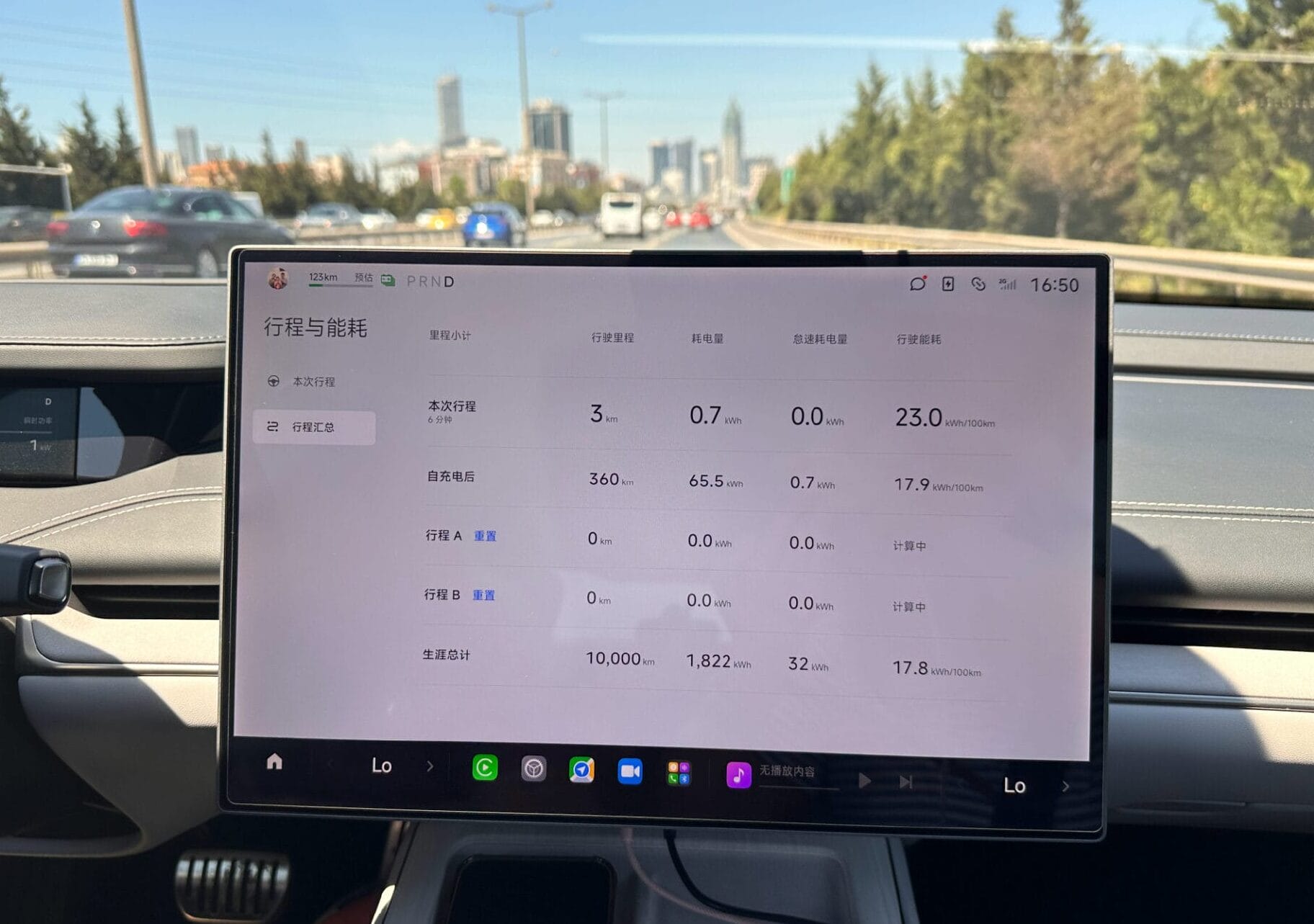
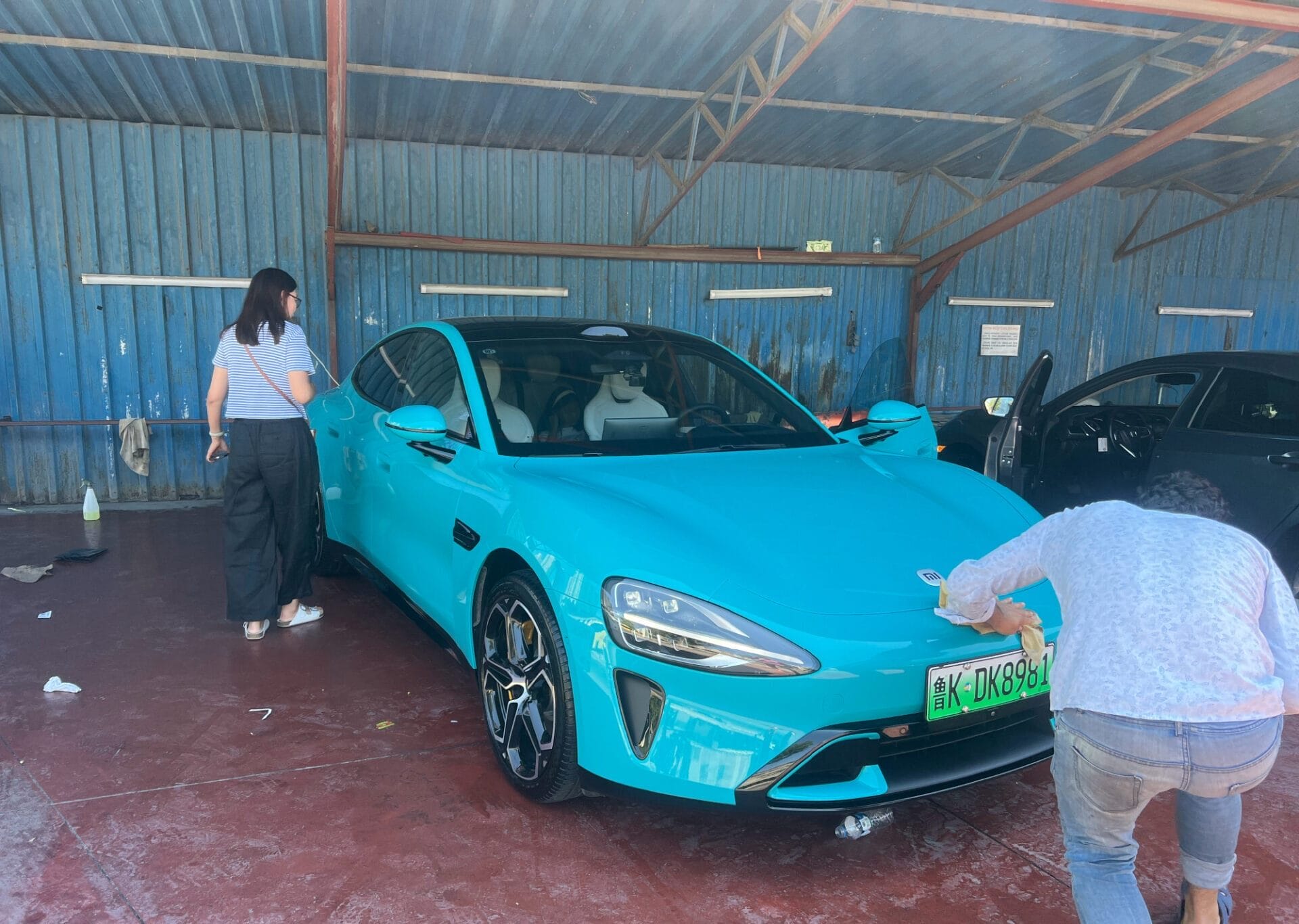






I drive myself 2400 kms in less than 3 days. It’s half of the time the SU7 needed and probably is due to the loooooong charging hours at the end of the trip.
Your article does not mention range on a single charge, charging facilities along the route,
The charging cycle is around 600 – 800km
Such a awesome car